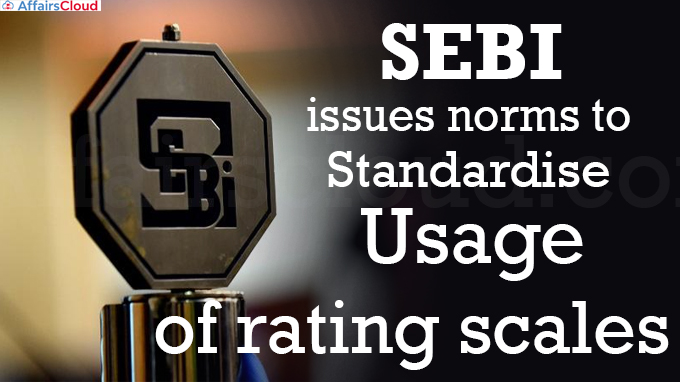 On October 31, 2022, the Securities and Exchange Board of India (SEBI) issued norms regarding the standardization of rating scales used by Credit Rating Agencies (CRAs) which will be applicable from January 1, 2023.
On October 31, 2022, the Securities and Exchange Board of India (SEBI) issued norms regarding the standardization of rating scales used by Credit Rating Agencies (CRAs) which will be applicable from January 1, 2023.
The notification for the same is issued by SEBI in exercise of the powers conferred by Section 11 (1) of SEBI Act, 1992 read with the provisions of Regulation 20 of SEBI (Credit Rating Agencies-CRA) Regulations, 1999, to protect the interest of investors in securities and to promote the development of the securities market.
What are CRAs?
CRAs, like Crisil, and CARE, etc., in terms of Regulation 9(f) of SEBI (CRA) Regulations, 1999, undertake ratings of various financial instruments under the guidelines of different financial sector regulators or authorities. They analyze and rate financial instruments, and suggest the risks involved based on the ratings they accord to the instruments. But the ratings are complicated for a common person to understand. Therefore, to overcome this scenario, SEBI has put forth the following norms:
The Norms:
i.A ‘rating outlook’ will indicate the predicted direction of the rating movement in the short to medium term.
ii.A ‘rating watch’ will indicate a CRA’s view on the expected direction of the rating movement in the short term.
iii.SEBI has specified standard descriptors for rating watch and rating outlook.
- For rating watch: positive implications, developing implications and negative implications
- For rating outlook: stable, positive and negative
iv.Rating symbols should have CRA’s first name as prefix.
v.Issuers with ‘AAA’ rating symbols are considered to have the highest degree of safety regarding timely servicing of debt obligations. Debt exposures to such issuers carry lowest credit risk.
- Issuers with ‘AA’ and ‘A’ rating symbols have high and adequate degree of safety.
- Issuers with BBB rating are considered to have moderate degree of safety regarding timely servicing of debt obligations.
- Those with BB, B and C ratings are considered to have ‘moderate’, ‘high’, ‘very high’ risk of default.
- Issuers with D rating are in default or are expected to be in default soon.
Key Points:
i.The monitoring of the implementation of these norms will be carried out through half-yearly internal audits for CRAs mandated under SEBI’s (CRAs) Regulations.
- It will be conducted by chartered accountants, company secretaries, and cost and management accountants (CMAs).
ii.Each credit rating firm is mandated to assign a rating outlook and disclose it in a press release.
iii.CRAs will have to report on their compliance as ratified by their respective board of directors to SEBI within one quarter from January 1, 2023.
Recent Related News:
i.SEBI joined the Account Aggregator (AA) framework that will give a boost to the Reserve Bank of India (RBI)-regulated Financial-Data Sharing System. This will allow customers to share information about their mutual fund and stock holdings with financial service providers.
ii.SEBI imposed a penalty of Rs 3 Lakh on BSE (Bombay Stock Exchange) Ltd for indirectly engaging in works that were unrelated to its activities as a stock exchange without the approval of SEBI.
About Securities and Exchange Board of India (SEBI):
Chairperson– Madhabi Puri Buch
Headquarters– Mumbai, Maharashtra
Establishment– 1992




